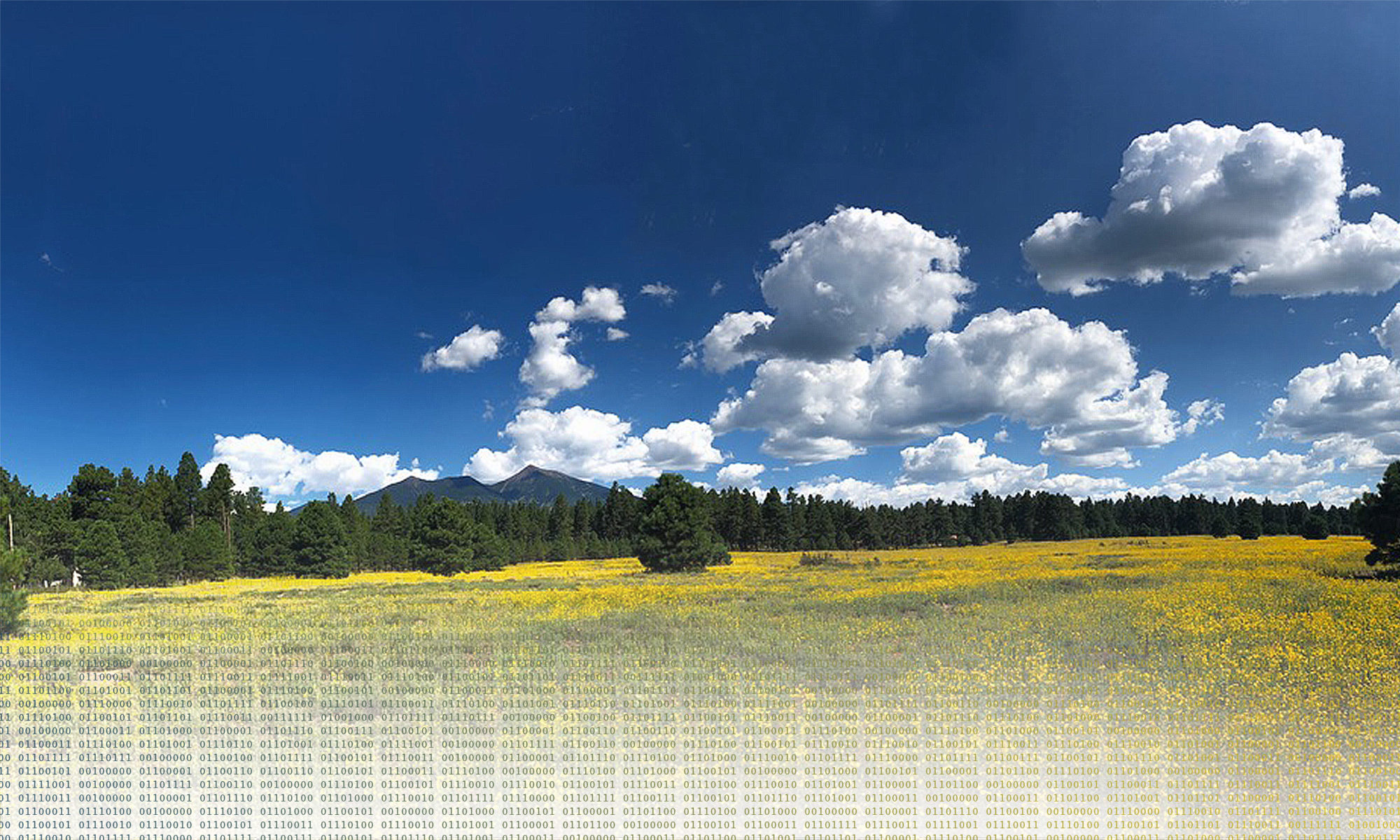Climate Change: What it Means for Nevada and What the State is Doing About it
Nevada is home to two of the fastest warming cities in the United States (Reno and Las Vegas) and is the driest state in the country, with statewide annual average precipitation of only 10 inches. Las Vegas just set records for most consecutive days >90oF and is in the midst of its longest stretch without any precipitation. The air quality in Las Vegas is among the worst in the country in terms of ozone exceedance days. In northern Nevada, schools were closed for days as a consequence of the poor air quality related to the fires across the Western US. Indeed, these events are focusing attention on the issues of climate change. Unlike many other states across the West, Nevada has not undertaken a comprehensive climate assessment, developed a process to evaluate climate-related risks and vulnerabilities, or implemented a state-wide climate effort—until now.
During this seminar, an overview of the impacts of climate change on Nevada will be presented, along with broader implications related to other challenges facing the state. The policy actions being implemented and those under consideration will be discussed alongside the novel approach the state has developed for its upcoming State Climate Strategy.

